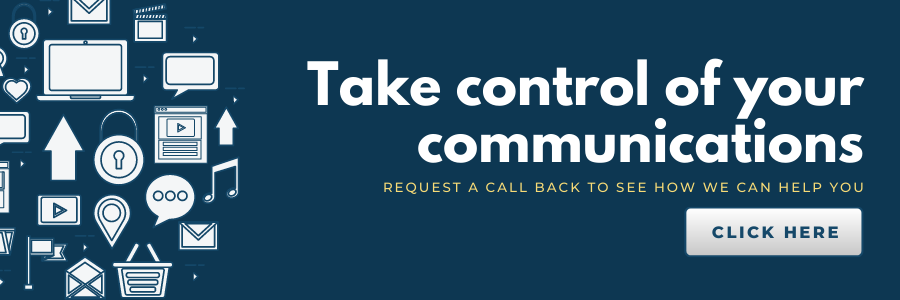While there is no question that the mining and natural resources sector is one of the world’s most important economic sectors, mainstream media coverage of the mining industry has been dwindling for decades- nearly five to be exact.
Moreover, mining-related stories usually garner the headlines when something negative happens- a mine collapse, tailings pond disasters, child labour scandals, gas leaks, underground explosions etc.
Yet these very materials and minerals are essential for the continuation of our modern way of life. They are the building blocks of smart phones, televisions, high-rise buildings, air conditioners, and vehicles. It is further estimated that at least 13million people globally directly depend on mining activities for their livelihoods.
While there have been scattered attempts by various industry associations to address the public image of the sector, and make it seem more relevant to the 21st century, there is still a common perception that this is an old business. That a sector that once industrialised the globe is now obsolete in a world that demands renewable energy and sustainability.
As such, mining and commodity firms are starting to consider ways to raise their public image by using marketing tools that position these companies as modern, forward thinking and relevant in today’s fast-paced world. One of the best ways to do this, is to ask industry experts to share their knowledge and expertise in a way that is easily understood by non-insiders. Hence, Thought Leadership Marketing.
Why thought leadership marketing?
The goal of thought leadership is not to create sales-heavy content, but rather to provide an entry point into your business and sector by branding either members of the team or your company as an expert. The idea is to offer value to your readers, and in this way, use the opportunity to highlight your company and any of its offerings.
Effective thought leadership
Here are some key points to keep in mind when creating a thought leadership content marketing strategy:
1. What questions are your customers and investors asking?
The first thing you should do is identify your target audience and understand what questions they are asking and build your thought leadership marketing strategies around the answers to those questions. Perhaps think in terms of your last capital raise- what points were continually raised by potential investors? Seek to answer those questions in an easily digestible and concise (2-4 page) thought leadership paper and send it to them. Or even better, use it in conversation when you next meet these audiences and offer them the opportunity to download it from your website or pick up a copy. In this way, you create interest and a sense of urgency.
2. Offer value
This point is similar to the point above, but instead of trying to promote your company, rather offer value. Analysts and investors always want more information and are keen to use different sources of information and incorporate these into their decision making process. Become part of that information source. Often this means including your peers and competitors on the paper so that it appears unbiased. Benchmarking or a competitive analysis is an excellent value-offering in a thought leadership paper.
3. Draw on real-world experiences
Stories are more easily understood than hard facts and academic papers. Stories also allow the audience to connect with your company’s brand. The mining and oil industry is not short of real-world experiences and stories. Going down a mine shaft or staying on an oil rig is a foreign experience to most of the population. Sharing personal experiences, images and case studies adds interest and draws your audience in.
4. Don’t forget the call to action (CTA)
The purpose of a thought leadership paper is to introduce your company’s offering in a way that is interesting, compelling, and offers value without being overly promotional, in-your-face and “salesy.” However, the purpose of marketing is to make that sale, win over that investor or develop one’s brand reputation. The thought leadership paper is simply a conduit into hopefully more engaging and in-depth conversations. Therefore, the call to action point at the end is paramount. Ask yourself what do you want out of your audience? You’ve offered value, what do you want in return? Do you want them to inquire about investing in your company? Do you want them to read your ESG strategy report? Do you want them to consider your company for future offtakes? If this is the case, you need to “ask for the sale” by including what marketers and communicators term, the “call to action.”
And here is our call to action:
Alternatively, you can read more about Core’s communications strategy by clicking on this link.







